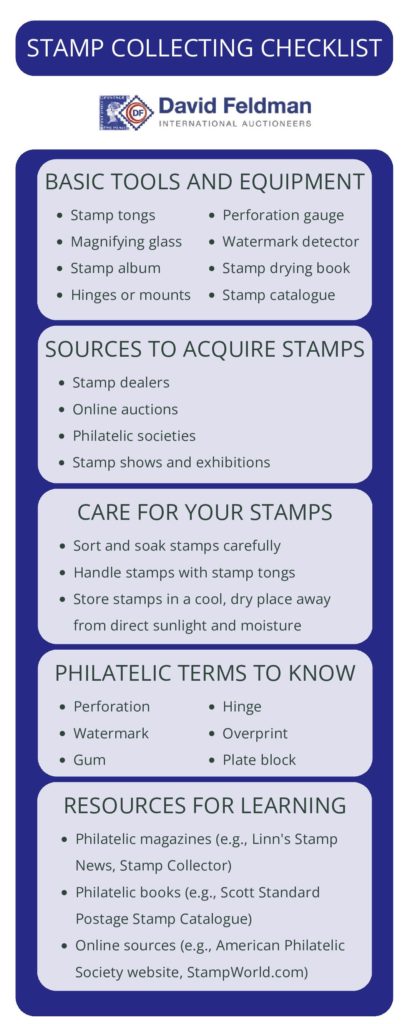Whether you’re intrigued by history, art, or simply enjoy the thrill of discovery, stamp collecting offers a rewarding hobby that transcends borders and generations. In this beginner’s guide, we’ll delve into the basics of stamp collecting, from its origins to practical tips on how to start your own collection.
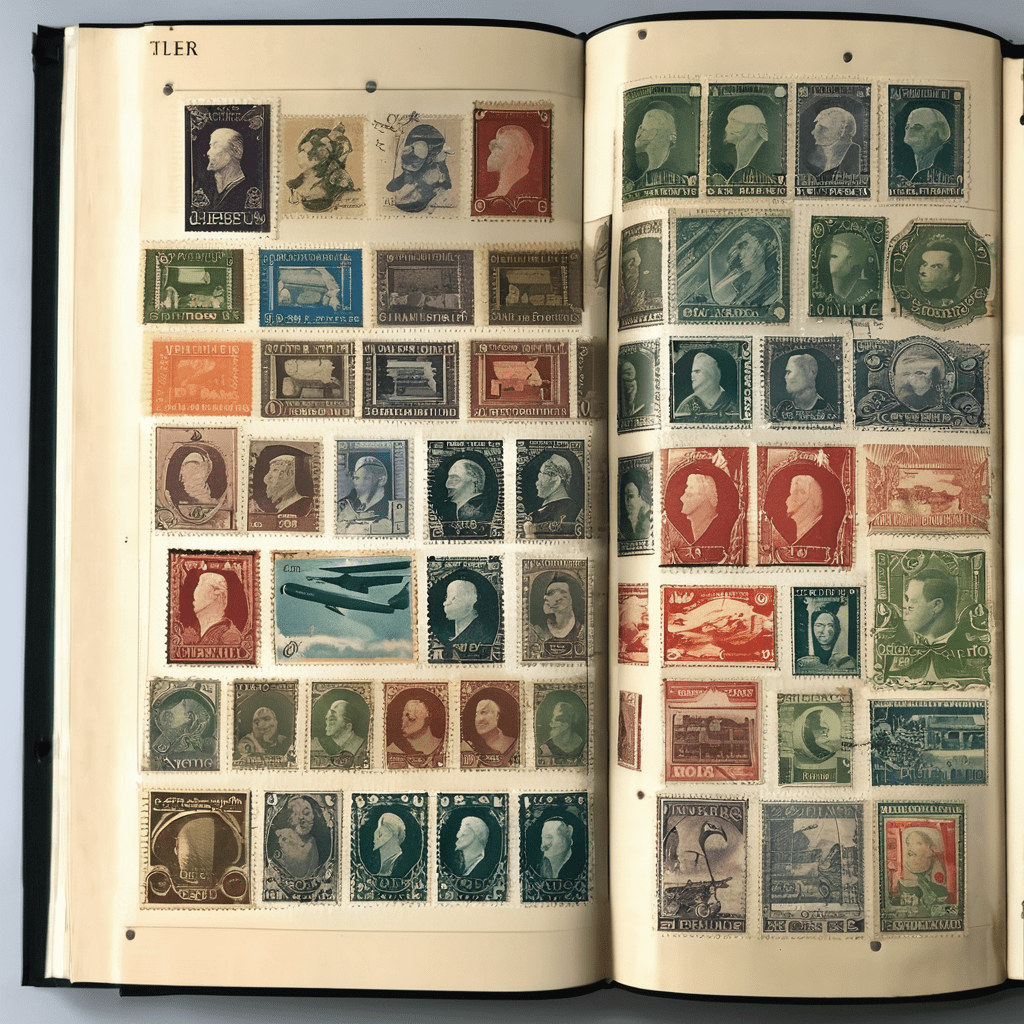
Things to Remember when Starting a Stamp Collection
- Define your interests and goals in stamp collecting.
- Equip yourself with essential tools and equipment like stamp tongs, albums, and magnifying glasses.
- Decide on themes, countries, or types of stamps to focus your collection.
- Explore different types of stamps, including definitives, commemoratives, and topical stamps.
- Understand the condition of stamps, such as mint, used, or fine-used.
- Source stamps from reputable dealers, online auctions, or philatelic societies.
- Learn how to handle, sort, and care for your stamps to preserve their condition.
- Familiarize yourself with philatelic terms, watermarks, and other key concepts.
- Expand your knowledge with magazines, books, and online sources dedicated to stamp collecting.
A Brief History of the Stamp
Stamps, beyond being a means of postage, carry with them a rich history and culture. The first adhesive postage stamp, the Penny Black, was issued in Great Britain in 1840. Since then, stamps have evolved from mere postage to artistic expressions, commemorating events, celebrating personalities, and showcasing national identity.
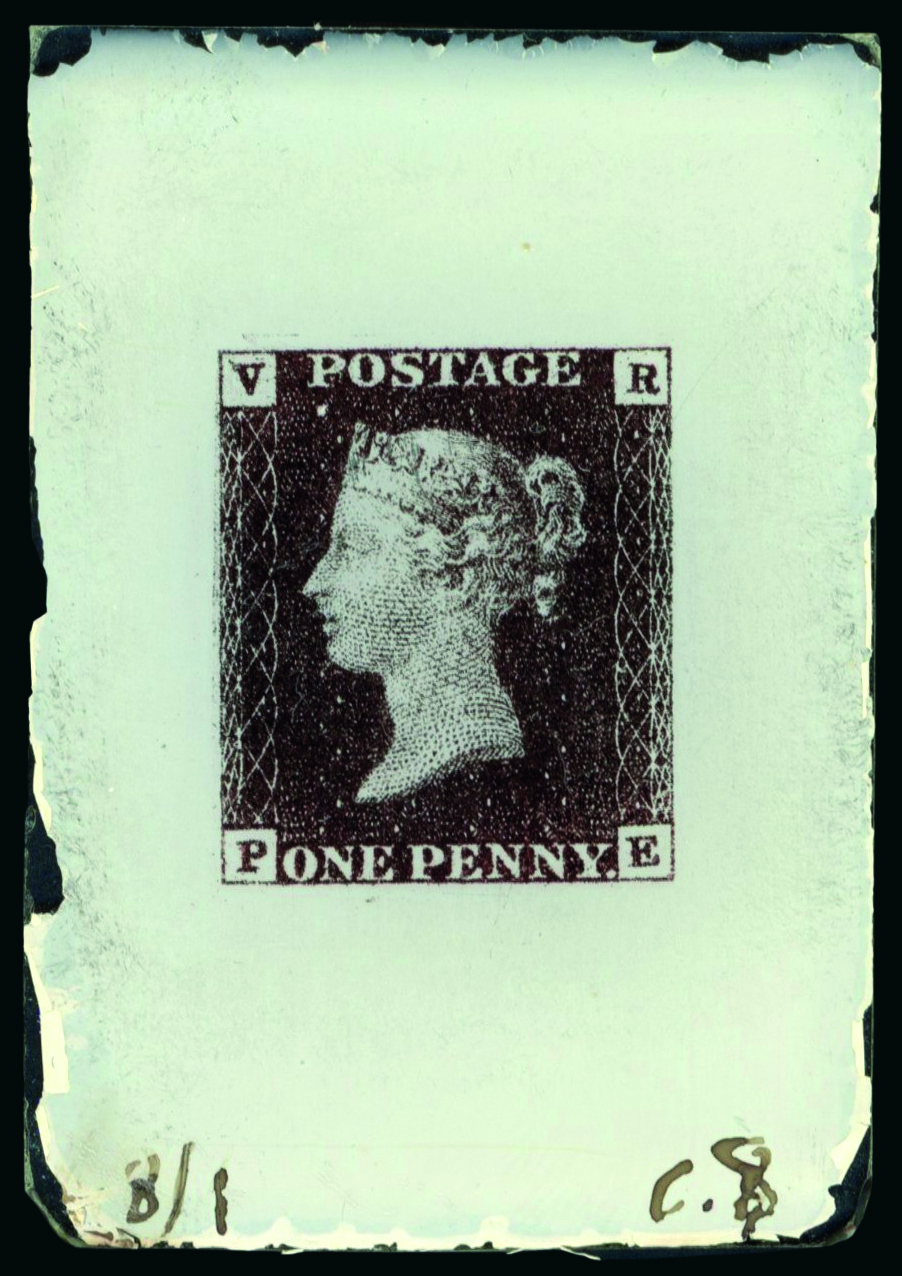
Penny Black, 1840
Is Stamp Collecting still Popular?
Despite the digital age, stamp collecting remains a beloved pastime worldwide. Its enduring appeal lies in its accessibility, educational value, and the joy of exploration.
Why should you Start Stamp Collecting?
Stamp collecting offers a unique journey through time and space, allowing enthusiasts to connect with diverse cultures, historical events, and artistic expressions. It fosters curiosity, patience, and attention to detail, while also providing opportunities for social interaction and lifelong learning.
Did you know?
Some individuals have dedicated their lives to this hobby and have become notable collectors. Among them, we can mention Frederick Philbrick (1835–1910), known as a “Father of Philately,” Philip Ferrari de La Renotière (1850–1917), whose collection is regarded as the most prestigious in history, and Thomas Keay Tapling, nicknamed the “Prince of Philately.”
How to Start your Collection?
Begin your collection by determining your interests and goals. Explore different themes, countries, or time periods to find what resonates with you. Start small, perhaps with a themed collection or a specific country’s stamps, and gradually expand as your passion grows.
Themes to consider
- Flora and fauna: Themes could include flowers, birds, marine life, or endangered species.
- Famous personalities: Collect stamps featuring renowned figures from history, politics, literature, science, or the arts. Examples include scientists like Albert Einstein, writers like William Shakespeare, or political leaders like Mahatma Gandhi.
- Historical events: Dive into history with stamps commemorating significant events such as wars, revolutions, space exploration, or cultural milestones. Examples include the Moon Landing, World War II, or the Olympics.
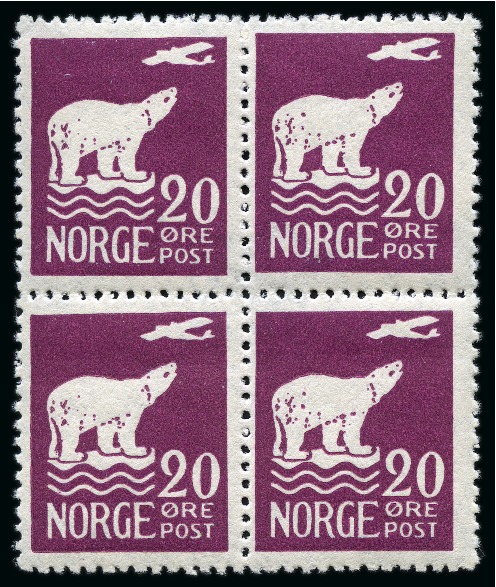
1925 Polar Bear Stamps
Countries to start with
- Great Britain: Begin with the birthplace of postage stamps and explore the rich history of British philately. Collect classic stamps like iconic landmarks or royal commemoratives.
- United States: Themes could include presidents, landmarks, space exploration, or American icons like Marilyn Monroe and Elvis Presley.
- France: Collect stamps featuring famous artworks, landmarks like the Eiffel Tower, or historical figures like Napoleon Bonaparte.
Starting your collection with specific themes or countries provides focus and direction, making it easier to build a cohesive and meaningful collection.
Which Stamps should you Collect?
To choose stamps for your collection, you may opt for definitive stamps, commemoratives, topical stamps, or even special issues. The key is to collect what appeals to you personally, whether it’s based on theme, design, historical significance, or rarity.
Definitive Stamps
Definitive stamps are the most common type of postage stamp issued by postal authorities. They are typically issued for everyday postal use and feature standard designs depicting national symbols, monarchs, or numeric denominations. Definitive stamps are often issued in large quantities and remain in circulation for an extended period.
Examples:
- United Kingdom: Queen Elizabeth II definitive stamps featuring the iconic profile of Her Majesty.
- United States: The Liberty Bell definitive series, featuring the image of the Liberty Bell and the American flag.
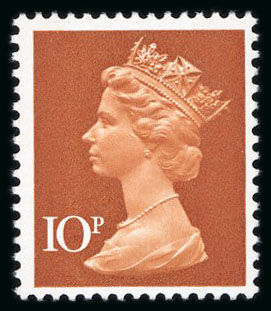
1971 MACHIN 10P, Queen Elizabeth II
Commemorative Stamps
Commemorative stamps are issued to honour and commemorate specific events, anniversaries, or personalities. They are often issued in limited quantities for a limited time and are highly sought after by collectors. Commemorative stamps feature a wide range of themes, including historical events, cultural milestones, and notable individuals.
Examples:
- United States: The 1969 Apollo 11 Moon Landing commemorative stamp, celebrating the first manned moon landing.
- Australia: The ANZAC Day commemorative stamp series, honouring the Australian and New Zealand Army Corps (ANZAC) soldiers.
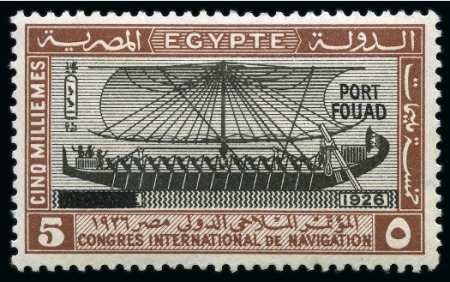
1926 Inauguration of Port Fouad Commemorative Stamp
Topical Stamps
Topical stamps, also known as thematic stamps, feature a specific theme or subject matter. These stamps appeal to collectors interested in a particular topic, such as animals, sports, flowers, or space exploration. Topical stamps offer endless possibilities for collecting and allow enthusiasts to curate collections based on personal interests.
Examples:
- Birds: Stamps depicting various species of birds from around the world.
- Sports: Stamps featuring athletes, sports events, and sporting equipment.
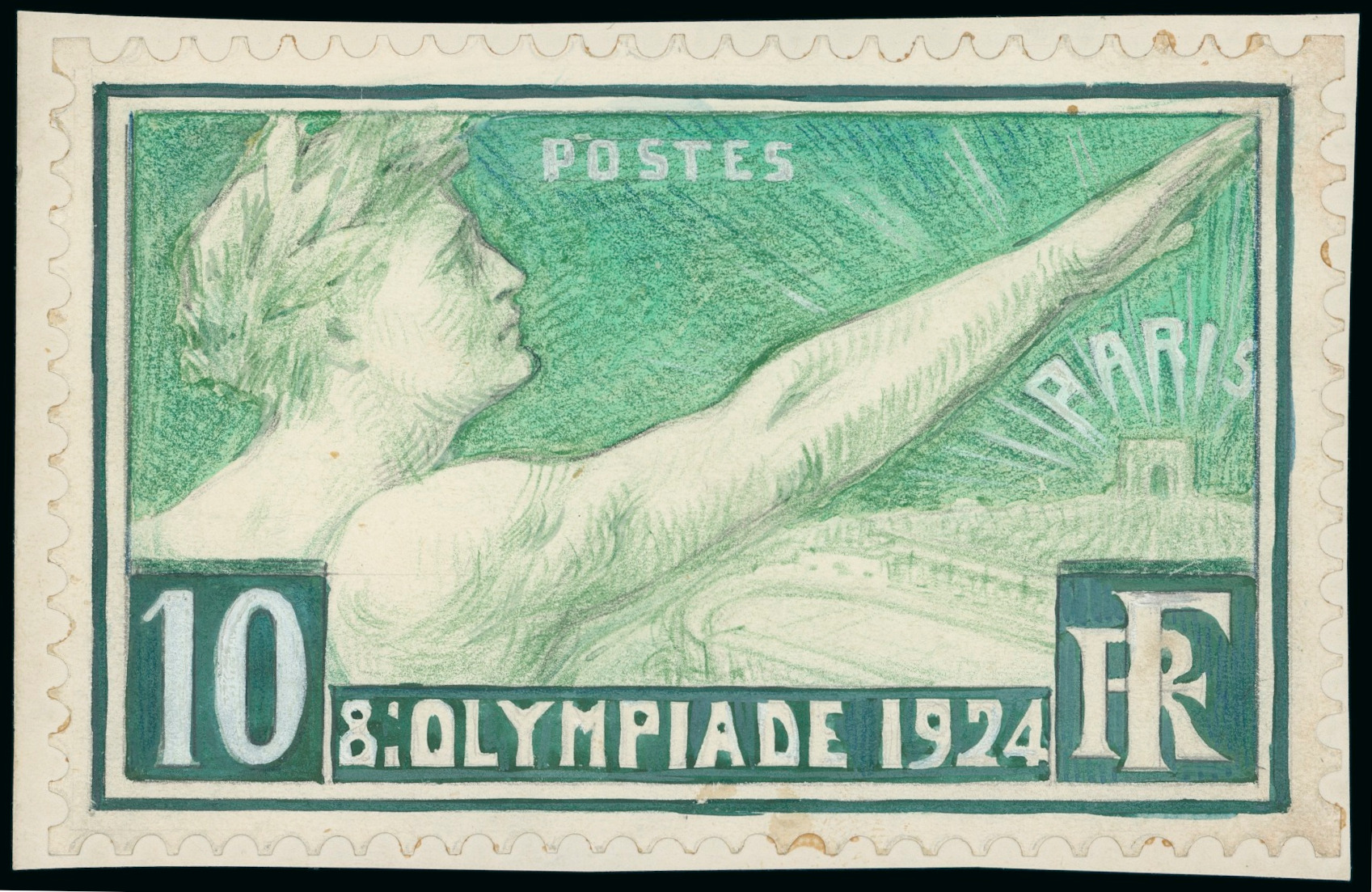
1924 Olympics stamp
Special Issues
Special issue stamps are issued for unique purposes or occasions and often feature innovative designs, printing techniques, or materials. These stamps may include holograms, embossing, or metallic foiling, making them visually striking and collectable. Special issue stamps are typically issued in smaller quantities and may have limited availability.
Examples:
- Christmas Stamps: Festive-themed stamps issued annually to celebrate the holiday season, featuring designs of Santa Claus, Christmas trees, and nativity scenes.
- Joint Issues: Stamps issued collaboratively between two or more countries to commemorate shared events, cultural ties, or diplomatic relations.
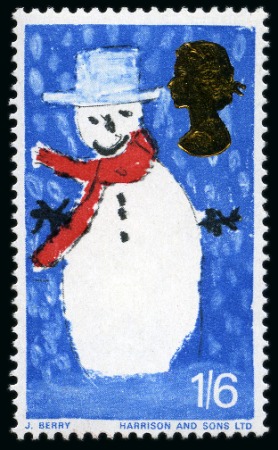
1966 Christmas Stamp
What Condition of Stamps should you Collect?
Stamps come in various conditions, including used, unused, fine-used, and mint. Used stamps have been postmarked and may show signs of wear, while unused stamps are in pristine condition. Fine-used stamps strike a balance between the two, showing minimal wear but still bearing a postmark.
A mint stamp refers to a stamp that is in pristine condition, exactly as it was when it left the printing press and was first issued by the postal authority. Mint stamps have never been used for postage, so they have no cancellation marks, tears, or damage of any kind. Mint stamps are highly desirable among collectors because of their pristine condition and often retain a higher value compared to used stamps.
Where can you Find your First Stamps?
Start your collection by acquiring stamps from reputable sources such as stamp dealers, online auctions, philatelic societies, or even through exchanges with fellow collectors. You can also seek out stamp shows and exhibitions for a diverse selection.
Tools, Equipment and Accessories you need
To care for your stamps, you’ll need basic tools such as stamp tongs, magnifying glass, album pages, hinges or mounts, and a perforation gauge. These tools will help you handle and preserve your stamps with care.
- Stamp tongs: Essential tools for handling stamps delicately without damaging them. They have finely pointed tips that allow collectors to grasp stamps securely without touching them with their fingers, which can leave oils or residue that may damage the stamp’s surface.
- Magnifying glass or loupe: Indispensable for examining stamps closely and identifying minute details such as watermarks, perforations, and printing flaws. Choose a magnifying tool with sufficient magnification to reveal fine details without distortion.
- Stamp album or stockbook: Provides a safe and organized way to store and display your stamp collection. Albums typically feature pre-printed pages with spaces for mounting stamps, while stockbooks have clear pockets to hold stamps securely without adhesive.
- Hinges or mounts: Used to affix stamps to album pages without causing damage. Hinges are small, gummed strips that adhere to the back of stamps and allow them to be mounted securely in albums. Mounts are transparent plastic sleeves that provide additional protection for mint stamps and prevent damage from adhesives.
- Perforation gauge: Measuring tool used to determine the gauge or size of a stamp’s perforations. This information helps identify and classify stamps accurately, especially for collectors interested in varieties and errors based on perforation differences.
- Watermark detector: Device or tool used to identify watermarks on stamps. By applying a gentle backlight or using specialized equipment, collectors can reveal watermarks, which are often subtle designs or patterns embedded in the paper.
- Stamp drying book or blotter book: Used to dry stamps safely after soaking them to remove them from paper. The absorbent pages of the drying book help remove excess moisture from stamps without causing damage.
- Stamp catalogue: A stamp catalogue is a comprehensive reference guide containing information about stamps from different countries, including images, descriptions, and valuations. Catalogues help collectors identify stamps, learn about their history, and assess their value.
- Stamp tongs tray: Handy accessory for storing and organizing stamp tongs when not in use. It keeps tongs within easy reach and prevents them from getting lost or damaged.
- UV Lamp: Used to detect fluorescent properties in stamps, such as tagging or phosphorescent ink. This tool helps identify stamps with fluorescent features, which may indicate special issues or varieties.
How to Sort and Soak your Stamps?
Sorting and soaking stamps require patience and precision. Use stamp tongs to handle stamps delicately and soak them in lukewarm water to remove them from paper. Avoid using excessive force to prevent damage.
How to Care for your Stamps?
Proper stamp care is essential to maintain their condition and value. Store stamps in albums or stockbooks away from direct sunlight, moisture, and fluctuations in temperature. Handle them with clean hands and avoid using adhesive tapes or staples.
How to identify a Watermark?
A watermark is a subtle design or pattern embedded into the paper of a stamp during the manufacturing process. Watermarks are typically visible when the stamp is held up to a light source, revealing a faint image or text that differs from the surrounding paper. Watermarks serve as a security feature to deter counterfeiting and help identify the authenticity of stamps.
To identify a watermark, hold the stamp up to a light source. The watermark will appear as a faint design or pattern visible against the light.
Our advice
For stamps with particularly subtle or difficult-to-detect watermarks, consider using a watermark detector.
How to Display your Stamps?
Display your stamps proudly in albums, stockbooks, or display frames. Organize them systematically by theme, country, or chronological order to showcase your collection effectively.
Glossary: a few words you need to know to start
Here are some essential terms to start stamp collecting with confidence :
- Perforation: Small holes punched along the edges of stamps, allowing for easy separation. Perforations come in different sizes, measured by the number of holes per 2 centimeters.
- Watermark: Subtle design or pattern embedded into the paper of a stamp during the manufacturing process. Watermarks are visible when the stamp is held up to a light source and help identify the authenticity of stamps.
- Gum: Adhesive coating on the back of a stamp that allows it to be affixed to envelopes or other surfaces. Gum can vary in type and quality, affecting the value and condition of stamps.
- Hinge: Small, gummed strip used to affix stamps to album pages without causing damage. Hinges allow stamps to be securely mounted in albums while still allowing them to be removed if necessary.
- Overprint: Additional printing applied to a stamp after its initial production. Overprints may include text, symbols, or images and are used to modify or repurpose existing stamps for specific purposes, such as commemorating events or indicating a change in postal rates.
- Plate block: Group of stamps from the corner of a sheet that includes the plate number, which identifies the printing plate used to produce the stamps. Plate blocks are sought after by collectors for their historical significance and authenticity.
Some Rare Stamps Examples
Rare stamps command attention and admiration among collectors. Examples include the British Guiana 1c Magenta, the Inverted Jenny, and the Treskilling Yellow. While these stamps may be out of reach for most collectors, they serve as reminders of the rarity and allure of philately.

The Sweden « Treskilling Yellow »
Some of the Most Valuable Stamps in the World
Among the most valuable stamps in the world are the Mauritius “Post Office” stamps, the British Guiana 1c Magenta, and the Swedish Treskilling Yellow. These stamps have fetched record prices at auctions and continue to captivate collectors with their historical significance and rarity.
Here are some examples of high-value stamps auctioned by David Feldman SA :
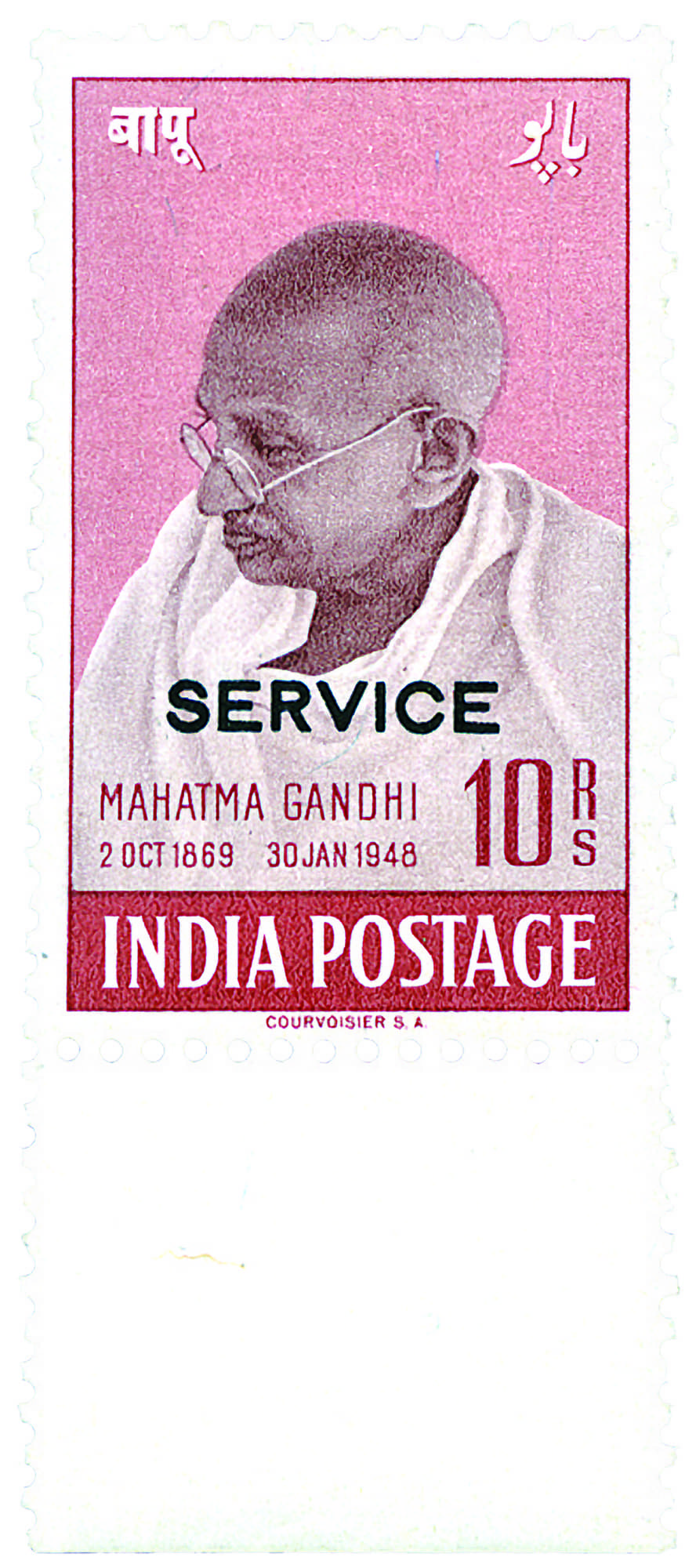
India 1948 10 Rupee Mahatma Gandhi “Service” stamp
Sold in auction for 168’000 EUR in 2013
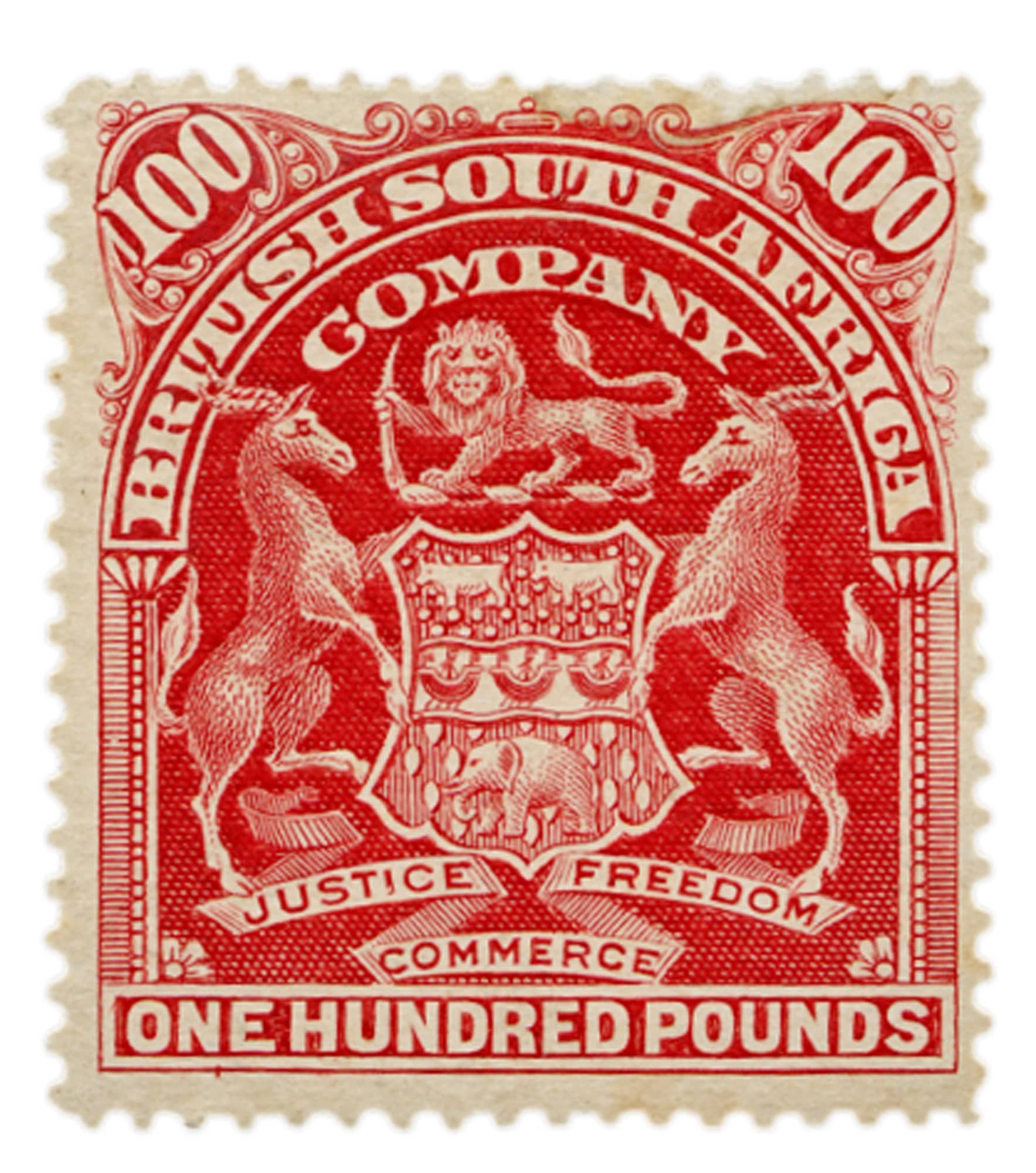
Rhodesia £100 Cherry-Red Mint
Sold in auction for 120’000 EUR in 2011
Continue to Learn: Magazines, Books, Online Sources about Stamp Collecting
Philately is something you learn every day. Expand your knowledge and stay informed by exploring philatelic literature, magazines, online forums, and attending stamp shows and exhibitions. Engage with fellow collectors, exchange ideas, and continue to learn and grow in your philatelic journey.
Magazines
- Linn’s Stamp News: A weekly publication covering all aspects of stamp collecting, including news, articles, features, and market updates.
- Stamp Collector: A monthly magazine offering in-depth articles, expert advice, and insights into stamp collecting trends and topics.
- Gibbons Stamp Monthly: A leading philatelic magazine providing news, analysis, and articles on stamps, postal history, and collecting techniques.
Books
- Scott Standard Postage Stamp Catalogue: A comprehensive catalogue providing detailed listings and valuations for stamps from around the world. It is considered a reference guide for collectors.
- The Complete Guide to Stamps & Stamp Collecting by James MacKay (2018): An informative book covering all aspects of stamp collecting, from beginner basics to advanced topics such as philatelic research and investment.
- The World Encyclopedia of Stamps & Stamp Collecting by James Mackay (2023): A comprehensive reference book featuring thousands of stamps from around the world, accompanied by historical context, collecting tips, and expert insights.
Online Sources
- American Philatelic Society (APS) website: The APS website offers a wealth of resources for collectors, including articles, tutorials, reference guides, and an online stamp store.
- StampWorld.com: An online platform providing access to stamp catalogues, articles, forums, and a marketplace for buying and selling stamps.
Our Stamp Collecting Checklist
To help you get started, we’ve compiled a checklist of essential steps and resources to guide you on your stamp collecting adventure. From acquiring stamps to caring for your collection, this checklist will ensure you have everything you need to embark on this exciting hobby.

